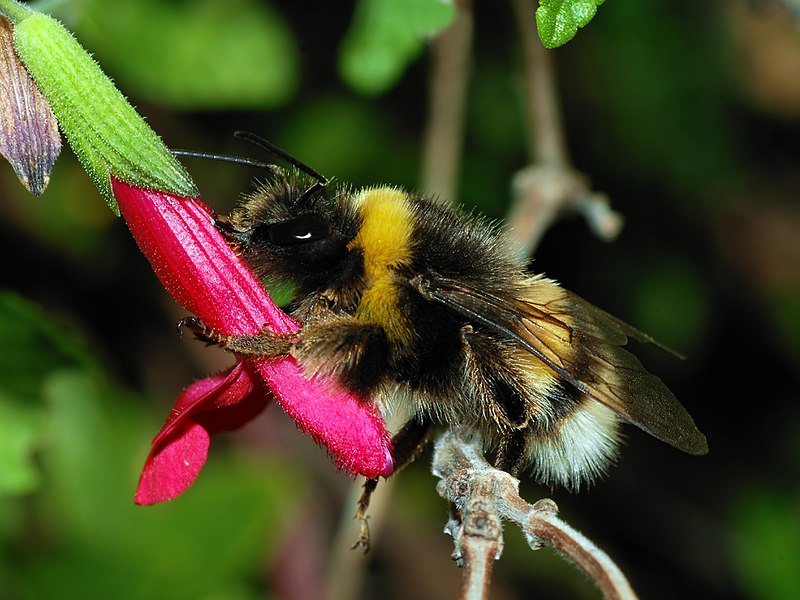From the Agricultural Research Service, USDA Multicolored Asian lady beetles are appreciated by farmers and home gardeners alike--until the pest-eating insects decide to spend the winter indoors. The beetle, Harmonia axyridis, becomes a nuisance insect upon entering homes to escape the cold, sometimes in huge numbers. When threatened, it releases a yellow liquid that, while nontoxic, smells foul and produces stains. Agricultural Research Service (ARS) scientists have sought to develop beetle-friendly methods of keeping the helpful predators outside where they belong. Most recently, ARS entomologist Eric Riddick and colleagues in Stoneville, Miss., in collaboration with ARS natural product chemist Kamal Chauhan at Beltsville, Md., tested compounds in catnip oil that naturally repel the beetles, causing them to fly off, stop crawling, move back or turn away. In studies at the ARS Biological Control of Pests Research Unit in Stoneville, 95 percent of adult male and female lady beetles altered their course upon encountering filter paper impregnated with the highest of three doses of the catnip compound nepetalactone. The researchers chose nepetalactone because it had previously been shown to repel some species of cockroaches, flies, termites and mosquitoes. They also tested nootkatone (a grapefruit extract), iridomyrmecin (another catnip oil compound), and other plant-based repellents, but none performed as well as nepetalactone. Turning away--more so than the three other avoidance behaviors--characterized the beetles' response to the compound, report Riddick and colleagues in a recent issue of the Bulletin of Insectology (
http://www.bulletinofinsectology.org/pdfarticles/vol61-2008-081-090riddick.pdf). Ultimately, such observations could lead to a "push-pull strategy," combining repellents that deter lady beetles from entering a home's cracks and crevices with traps that lure the predators to an attractant for collection and release elsewhere. According to Riddick, the push-pull strategy offers a friendlier alternative to insecticide spraying and preserves the insects' usefulness as efficient predators of aphids, scale and other soft-bodied arthropods that damage plants.
 Beeing (hahah) its National Pollinator Week thought I put up some links to some cool website. Like Save the Bumblebees, http://www.savethebumblebees.com/. It has links to keys and other helpful information.
Beeing (hahah) its National Pollinator Week thought I put up some links to some cool website. Like Save the Bumblebees, http://www.savethebumblebees.com/. It has links to keys and other helpful information.







